Over the past few days I’ve been sharing pictures of the progress in The Great South Florida Food Forest Project.
For all updates, visit The Great South Florida Food Forest Project page.
Today we’ll wrap up with a few more bits and pieces, plus take a look at the two new trees we added to the mix to replace the few that have died.
First of all, take a look at the fungi:
Thanks to the many logs we dropped on the ground back there and used to line the paths, there are mushrooms and fungi everywhere. There are also worms, which is not all that common in hot, dry, South Florida sand. We gave them moisture and lots of organic matter… and they wriggled their way right into the ecosystem.
Dad also stuck in a frangipani just for fun. These are some of the loveliest flowers you’ll ever smell:
Too bad they’re not edible.
Another wonderfully scented flower is the Mexican sunflower (Tithonia diversifolia) we planted as a “chop n’ drop” soil builder.
It has grown into quite a big bush. Dad will be cutting and planting the stems here and there so we have more for mulch in the future.
In other news, the Key Lime is still kicking:
It’s just a little tree but it keeps making limes. It never looks all that hot for some reason but the fruit is good. I keep worrying that it will succumb to citrus greening like the Navel orange and break Mom’s heart… but it’s a good little tree and hasn’t developed any issues yet.
And, finally – here are the two new trees we added.
First of all, a cashew!
Cashews are really weird trees. The wood is poisonous and the raw “nuts” are surrounded by a toxic acid that causes severe burns.
On the other hand, their fruit – the “cashew apple” – is edible without preparation.
I had to have one. Grow, little tree!
The second new addition is a “June Plum” tree:
I know next to nothing about this tree and have never tasted the fruit. Hope it’s good.
That’s the way we roll, though. If it’s a plant, I’ll grow it. Or talk my parents into growing it. ;)
In June I’ll be visiting the food forest again and will try to bring back a new video tour like the one I did back in October of 2013.
I’ll tell you what: a food forest is a LOT more fun than having a lawn.
If you’re ready to start your own Florida food forest, I recommend you pick up a copy of my booklet Create Your Own Florida Food Forest and get started!
Support this site – buy David’s book Create Your Own Florida Food Forest on Amazon!

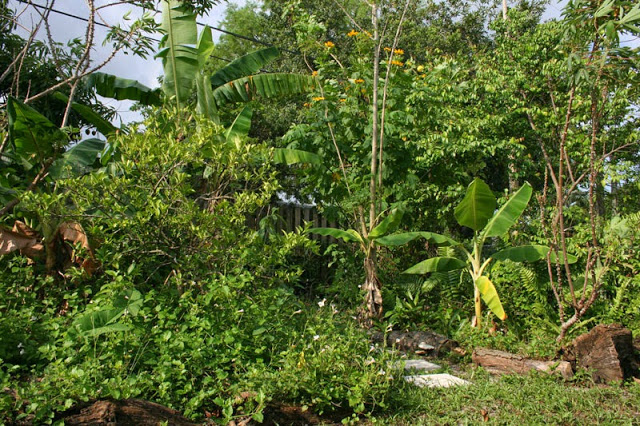

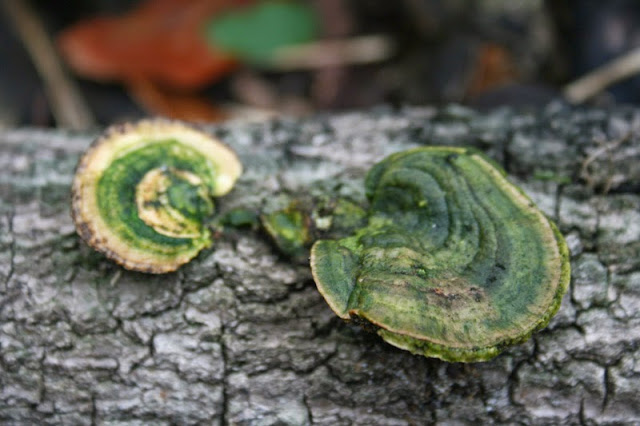
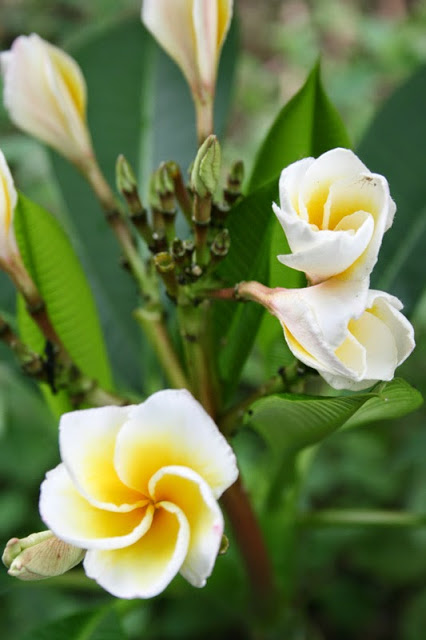
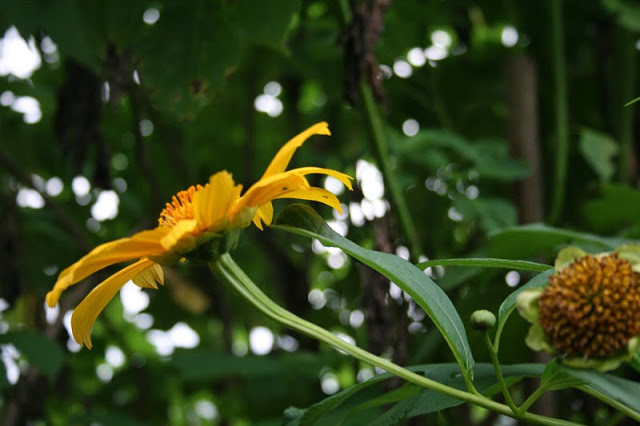

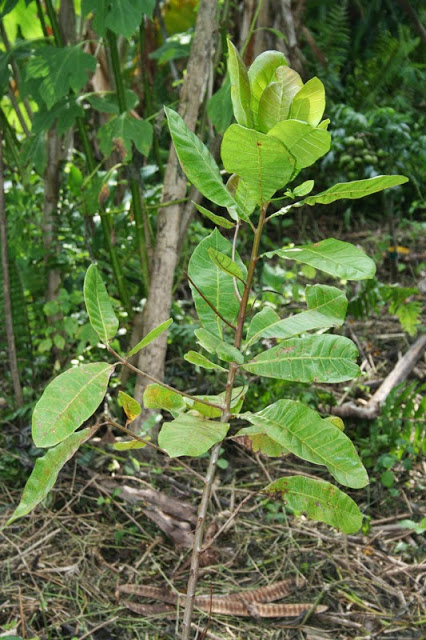
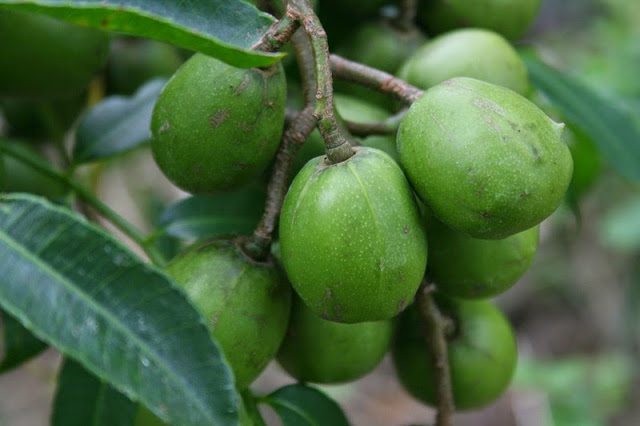
2 comments
June Plums! I know them as "jobos" (yeah, sounds like Ho-boes) juicy, sweet and tart. Delicious. If green they have a turpentine like after taste (the tree sap smells like turpentine and dries amber like).
I can't wait to try them.
Comments are closed.